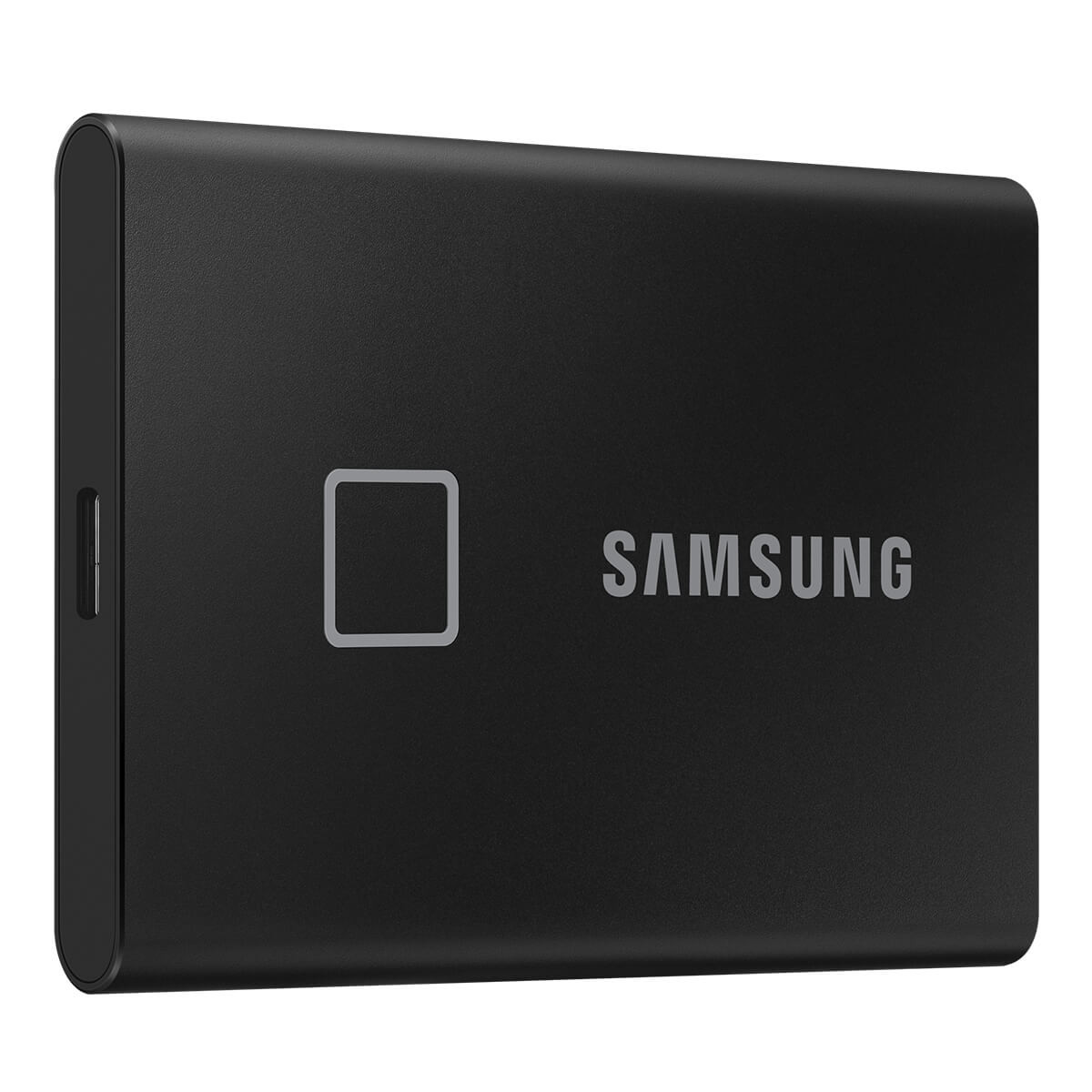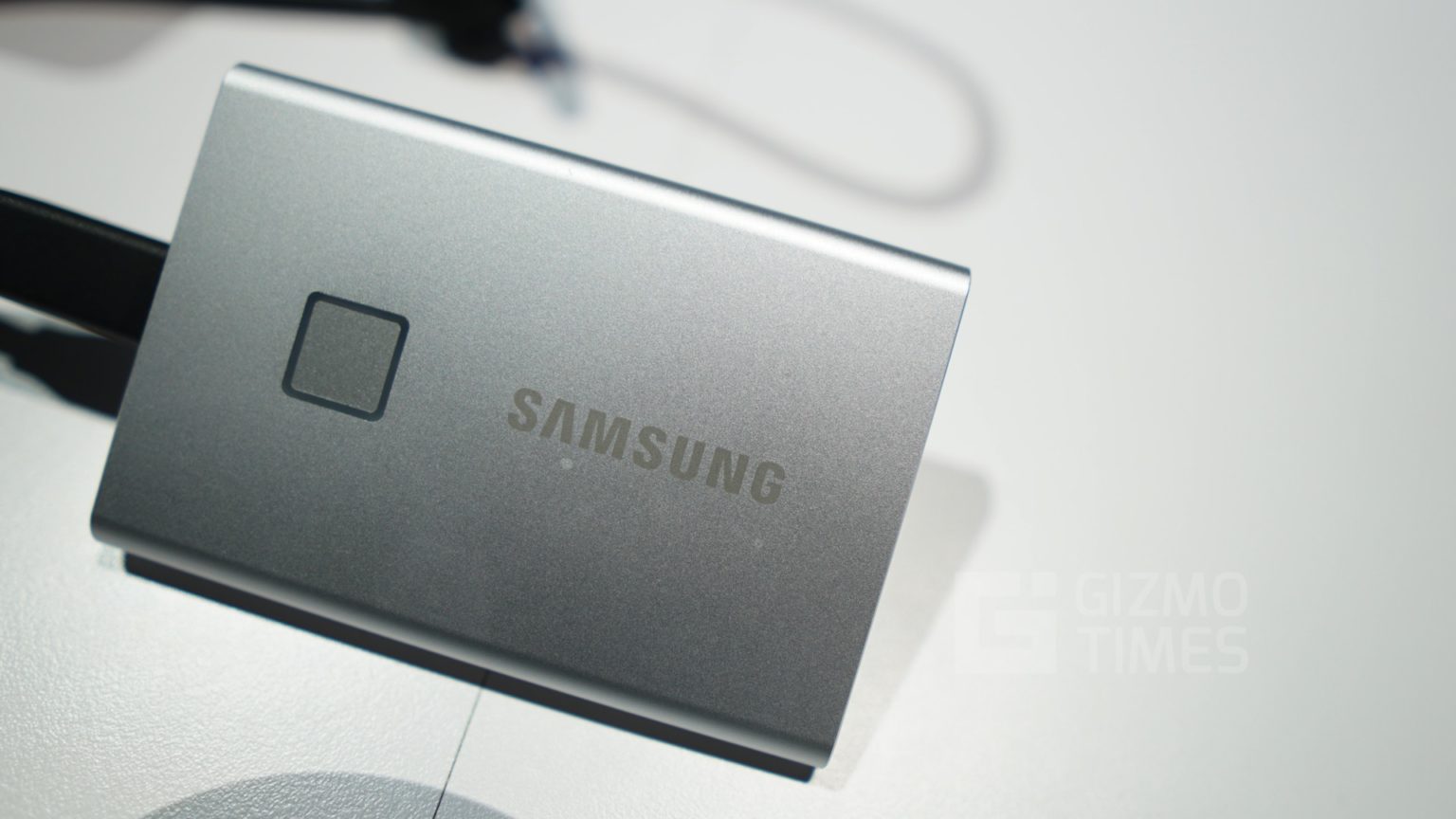
While Thunderbolt ports are guaranteed to supply up to 15W for client devices, USB 2.0 ports are guaranteed to deliver only 4.5W (900mA 5V). Power Consumptionīus-powered devices can configure themselves to operate within the power delivery constraints of the host port. Guaranteed write speeds for sequential accesses of more than 200 MBps is impressive for a thumb drive, and a comparison against the two DataTraveler Max SKUs in the above show that the Envoy Pro Mini is indeed praiseworthy in this aspect.



The temperature of the internals at the end is around 67C (though we saw temperatures of around 78C in the DAS suite performance consistency section). Around 220GB, we get another small cliff where the writes go down to 220 MBps. The SLC cliff for the OWC Envoy Pro Mini is around 24GB, after which write speeds drop down from 760 MBps to 270 MBps. Sequential Writes to 90% Capacity - Performance Consistency The internal temperature is recorded at either end of the workload, while the instantaneous write data rate and cumulative total write data amount are recorded at 1-second intervals. A fio workload is set up to write sequential data to the raw drive with a block size of 128K and iodepth of 32 to cover 90% of the drive capacity. Our Sequential Writes Performance Consistency Test configures the device as a raw physical disk (after deleting configured volumes). Use of SLC caching as well as firmware caps to prevent overheating may cause drop in write speeds when a flash-based DAS device is subject to sustained sequential writes. Fortunately, such workloads are uncommon for direct-attached storage devices, where workloads are largely sequential in nature. Many benchmarks use that scheme to pre-condition devices prior to the actual testing in order to get a worst-case representative number. Worst-Case Performance Consistencyįlash-based storage devices tend to slow down in unpredictable ways when subject to a large number of small-sized random writes.
/cdn.vox-cdn.com/uploads/chorus_image/image/66815612/SamsungT7Black3.0.jpg)
We analyze each of these in detail below. The latter is also important when used with battery powered devices such as notebooks and smartphones. Power users may also be interested in performance consistency under worst-case conditions, as well as drive power consumption. We also looked at the performance consistency for these cases. The performance of the storage bridges / drives in various real-world access traces as well as synthetic workloads was brought out in the preceding sections. Miscellaneous Aspects and Concluding Remarks


 0 kommentar(er)
0 kommentar(er)
